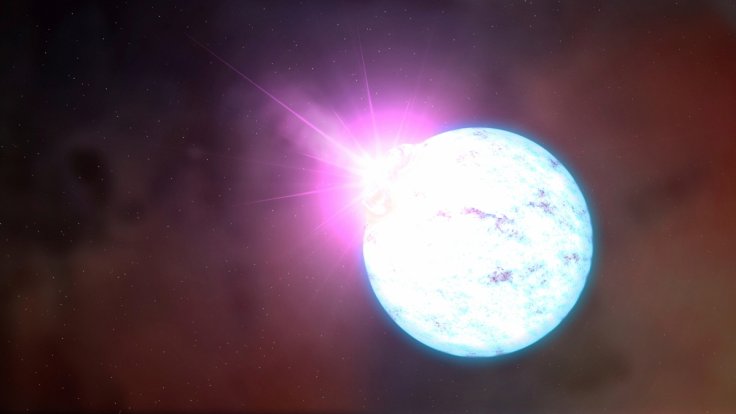
Astronomers have discovered that the violent collision between two neutron stars created a heavy element commonly used in fireworks. According to the astronomers, their latest discovery can help the scientific community in understanding the origin of heavy elements.
The collision between the two neutron stars occurred in 2017. Compared to other stars, neutron stars are very small and are known as the remnants of supernovae. But, despite their small size, neutron stars are known to be more massive than the Sun. This is the main reason why a collision or merger between two neutron stars can produce immense energy.
The collision in 2017 marked the first time that astronomers were able to witness such a cosmic event. Based on their observations, the event led to the creation of various heavy elements such as lead, platinum and gold. Two years after the event, astronomers came across a newly produced element that came from the collision.
The astronomers identified the element as strontium, which is an alkaline earth metal. Processed versions of this element are commonly used in everyday items. For instance, strontium aluminate is used in glow-in-the-dark toys while strontium chloride is used in toothpaste designed for those with sensitive teeth. Strontium carbonate, on the other hand, is responsible for the deep red colors of certain fireworks.

"By reanalyzing the 2017 data from the merger, we have now identified the signature of one heavy element in this fireball, strontium, proving that the collision of neutron stars creates this element in the universe," Darach Watson of the University of Copenhagen in Denmark and the lead researcher said according to CNN.
According to Watson, astronomers have been trying to figure out the exact origins of heavy elements for decades now. Although they have identified some of the cosmic forces responsible for certain elements, some of the origins still remain elusive.
For Watson and his colleagues, their discovery could provide a deeper understanding of how massive cosmic events such as the collision of neutron stars are responsible for the creation of various heavy elements. The findings of Watson and his team of astronomers were presented in a new study published in the journal Nature.
"This is the final stage of a decades-long chase to pin down the origin of the elements," Watson explained. "We know now that the processes that created the elements happened mostly in ordinary stars, in supernova explosions, or in the outer layers of old stars. But, until now, we did not know the location of the final, undiscovered process, known as rapid neutron capture, that created the heavier elements in the periodic table."









